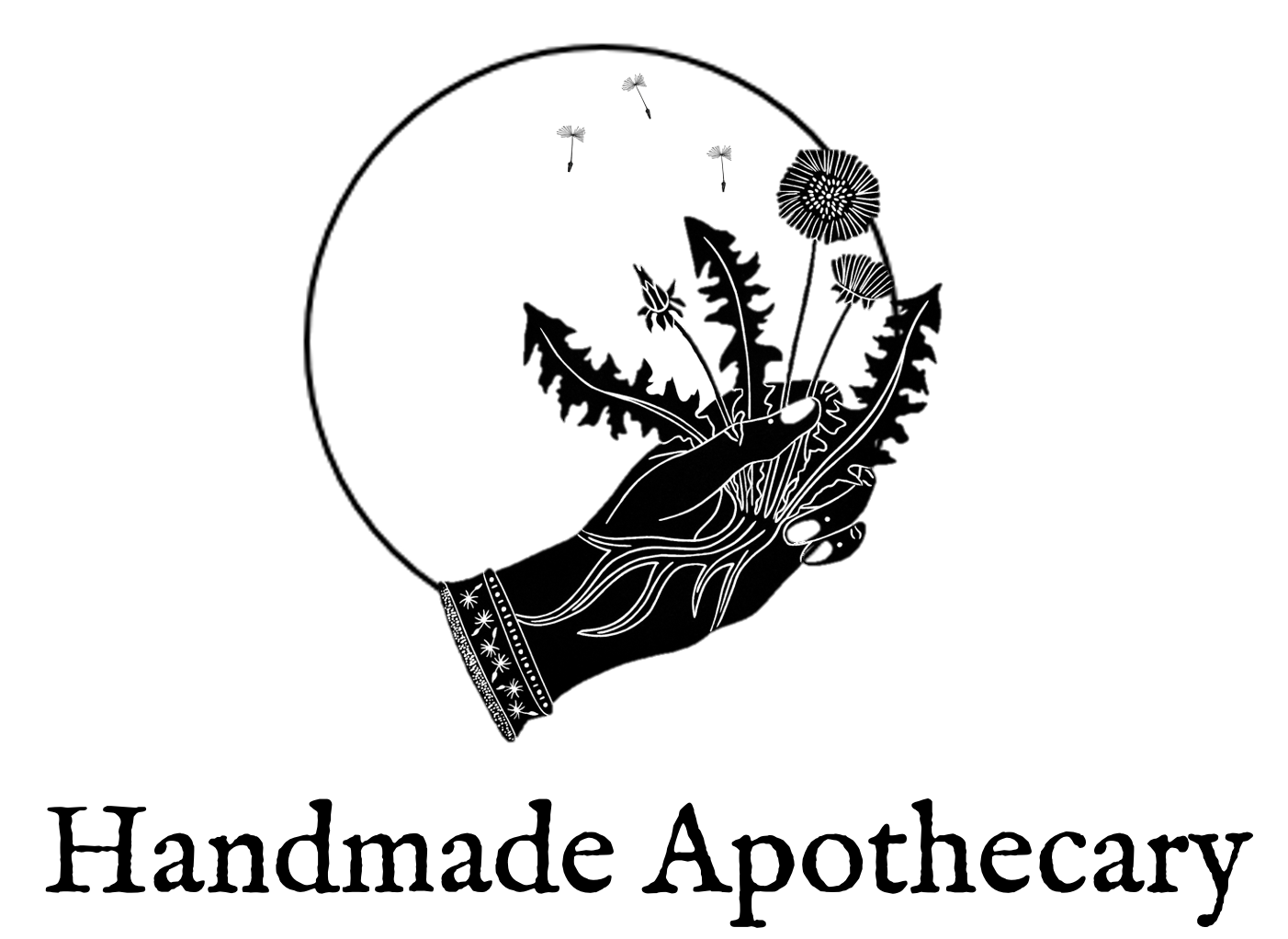Rosaceae family
Herb geek time: here is a comparison of the two most common species of Hawthron in the UK. The picture below shows (L) midland hawthorn (Crataegus laevigata syn. C. oxycantha in some old herbals) & common hawthorn (C. Monogyna) on the right.
Midland hawthorn (L) & common hawthorn (R)
The common hawthorn has much more deeply defined lobes. There are lots of leaf variations between the two so look at the whole shrub and find out what the common 'look' is.
Common hawthorn flowers of a cultivated pink shrub and a wild white shrub growing entwined.
The flowers & fruit also help: monogyna means 'single ovary or egg' - (think of the word gynaecology). This means it has one seed in the fruit (and the flower only one style). The midland hawthorn will have at least two (sometimes 3) seeds and styles. The flowers, being a member of the rose family, have five petals - rounded and white with multiple stamens. Sometimes they have a tinge of pink and some cultivated varieties have deep pink blooms the thorns grow below them so watch out.
The hawthorn form shows waterfall-like arms of foliage.
The other identifying feature I am always on the lookout for during walks are it's are great waving arms. The leaves grow close to the branches with few side branches in a distinct manner. This is particularly highlighted when in berry or flower. From far across the landscape, you can always spot a hawthorn amongst the others shrubs because it sends out lovely waterfall shoots of colour.
Folklore
The tree is associated with death because in the days of open caskets, people would have known what the smell of death was. The flowers release a chemical 'triethylamine' which is one of the first chemicals produced in the putreficatio of flesh. This to to attract fly pollinators. It is not unpleasant, more mysterious and unusual. So to cut it down or bring the flowers inside where said to invite death and bad luck.
Uses
Both species are used interchangeably by herbalists and cooks alike. The fruits are edible, though rather tasteless, and high in pectin - perfect for adding to jam and leather recipes with other fruits for flavour. The fruit also make delicious liqueurs when steeped with sugar and brandy. The early spring flowers and leaves have a nutty taste that can be nibbled straight from the bush.
The flowers, spring leaves and fruit are high in oligomeric procyanidins (OPCs for short), which research has shown can help make the heart beat more effectively. They are used by herbalists in teas and tinctures for anxiety, particularly grief (traditionally heartbreak!) and to modulate mild to moderate heart problems such as high or low blood pressure - it is an abundant healer that everyone should take to their hearts.
Hawthorn flower pics by the marvelous Sarah Cuttle www.sarahcuttle.co.uk (C)




